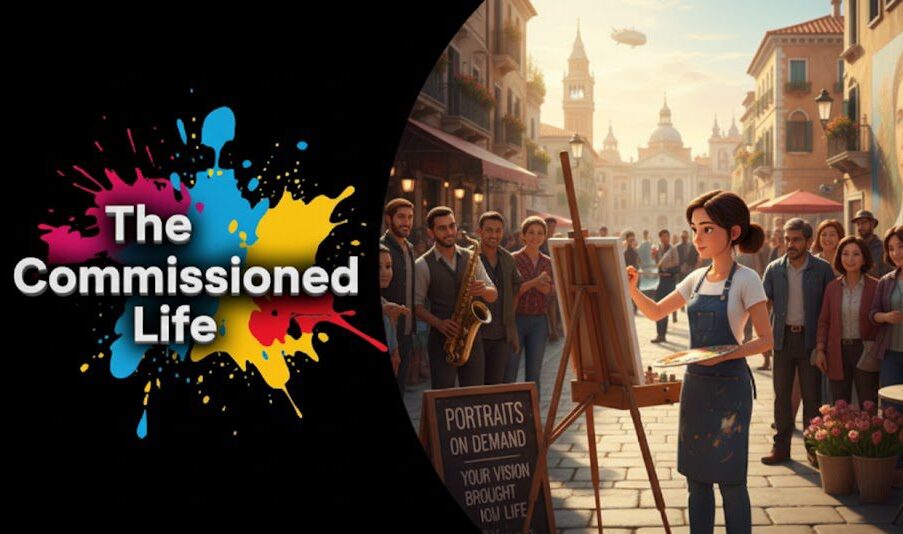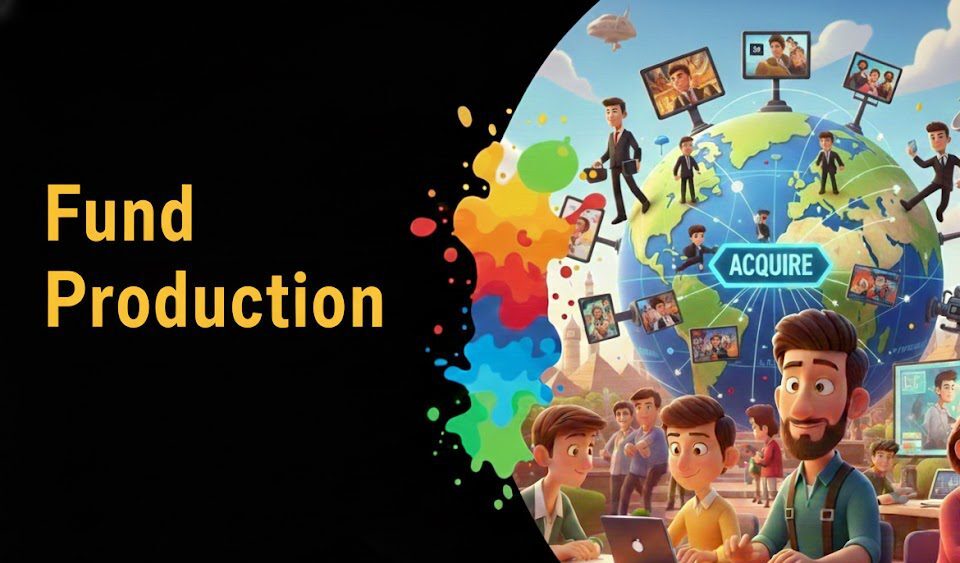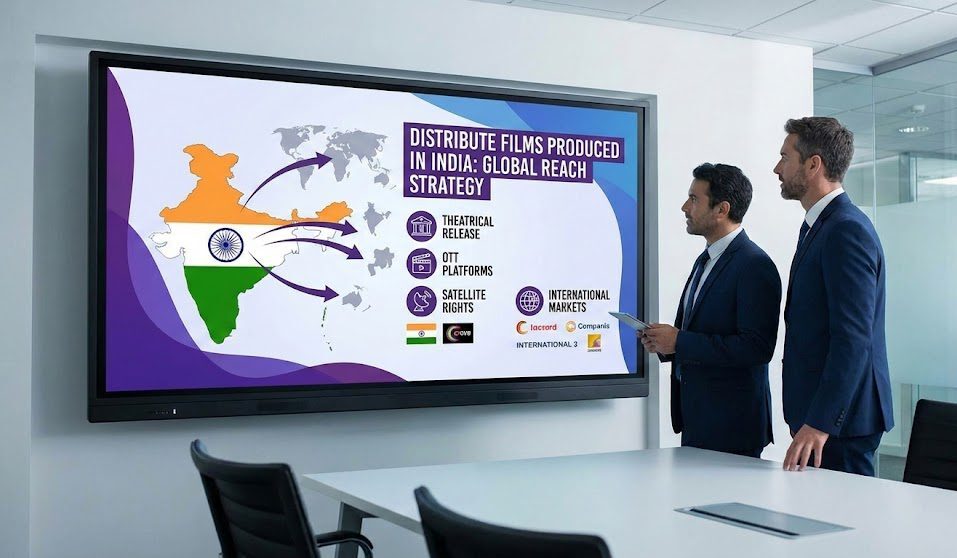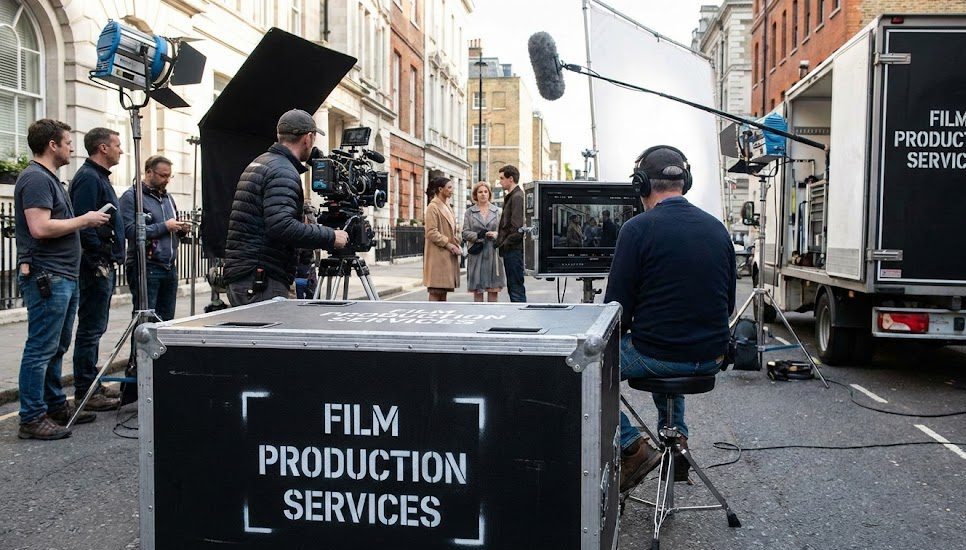Introduction
Television production is constantly evolving, shaped by new technologies and methods. For professionals in the entertainment industry—whether you’re buying content or selling services—understanding these changes can make or break a project. From pre-production to post-production, each stage of the process has its unique set of challenges and opportunities. By staying up-to-date with the latest TV production techniques, you can deliver high-quality content that stands out.
In this article, we’ll explore how TV production techniques have evolved, what factors drive these changes, and how platforms like Vitrina play a key role in connecting buyers and sellers in the entertainment supply chain.
Key Takeaways
| Key Insight | Summary |
| Evolution of Production | TV production has grown more efficient with tech advancements. |
| Pre-Production’s Growing Role | Better planning, scouting, and budgeting are now more important than ever. |
| Advanced Filming Techniques | Modern tools like drones and 4K cameras have revolutionized filming. |
| Post-Production Advances | Sound design, visual effects, and editing have reached new heights. |
| Vitrina’s Role | Vitrina helps buyers and sellers in TV production connect globally. |
Need Specialized Post-Production Services?

The Importance of Pre-Production

The pre-production phase sets the stage for a successful TV show. This step includes scriptwriting, budgeting, casting, and location scouting. In recent years, pre-production has become more tech-driven, using software to manage everything from scheduling to budget forecasts. For content buyers, understanding how solid pre-production work saves time and money can give you an edge when selecting partners.
Vitrina can help you find the right pre-production specialists, whether you need scriptwriters or casting directors for your project.
Key Considerations for Pre-Production
| Element | Importance in TV Production |
| Scriptwriting | Shapes the entire show and ensures storytelling is cohesive. |
| Budgeting | Helps manage production costs and resource allocation. |
| Location Scouting | Finds the right settings, ensuring visual appeal while staying within budget. |
| Casting | Ensures that talent matches the show’s tone and style. |
Filming and Directing Techniques
Modern filming techniques are vastly different from what they were even a decade ago. With the rise of high-definition cameras, drones, and specialized equipment, production companies can shoot scenes that would have been impossible with older technology. This transformation has led to the creation of more immersive, visually stunning TV shows.
For content sellers offering production services, it’s crucial to stay updated on the latest filming tools. Meanwhile, buyers need to know what to look for when selecting a production house for their next project.
Advances in Filming and Directing
- 4K and 8K cameras offer stunning resolution, making visuals pop on screen.
- Drones enable dynamic aerial shots without the need for helicopters.
- Specialized rigs like Steadicams provide smooth, fluid camera movements.
- Digital lighting systems allow for greater control over a scene’s mood and atmosphere.
You can learn more about the difference between TV and film production and how it impacts today’s industry.
Ready to Enhance Your TV Production?

Post-Production Phase
The post-production phase is where the magic happens. Editing, sound design, and visual effects bring raw footage to life, transforming it into the final product. Innovations in editing software, sound design tools, and special effects have made it easier for post-production teams to create polished TV shows with greater efficiency.
For service providers in post-production, showcasing your expertise in the latest tools can help you stand out to potential content buyers. For buyers, working with teams that have strong post-production capabilities ensures that the final product meets your high standards.
Post-Production Techniques in TV
| Technique | Impact on Final Product |
| Editing | Shapes the narrative flow, pacing, and mood of a show. |
| Sound Design | Enhances the emotional experience through music and sound effects. |
| Visual Effects | Adds digital elements that are impossible to capture in live filming. |
| Color Grading | Alters the mood of a scene by adjusting its color tones. |
Explore more on post-production for TV shows and how it contributes to high-quality TV production.
Visual Effects and Technology Integration
Today’s visual effects (VFX) are no longer limited to big-budget films. Even TV shows can now afford to integrate high-quality effects, thanks to improvements in VFX software and special effects techniques. From creating fantastical worlds in animation to subtle enhancements in dramas, visual effects play a critical role in making shows stand out.
Vitrina connects buyers with VFX service providers who specialize in different types of visual effects, from CGI to green screen techniques.
Key Advances in Visual Effects
- Green screens allow actors to be placed in digitally created environments. Read more on green screen techniques for TV.
- CGI (Computer-Generated Imagery) has become more affordable for TV productions.
- Augmented reality is finding its way into game shows and live broadcasts.
Looking for Genre-Specific Expertise?

Genre-Specific TV Production Techniques
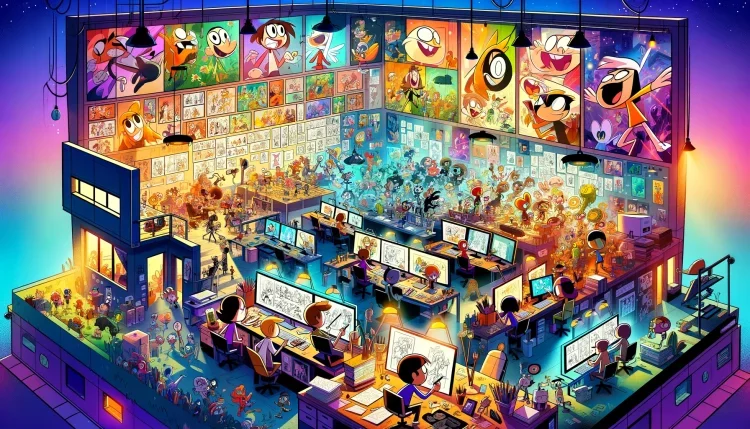
Each TV genre has its own set of production needs. Dramas require strong narratives and emotional performances, while reality TV depends on capturing spontaneous moments. Understanding the specific production techniques required for different genres helps content buyers find the right production houses or post-production teams for their projects.
For example, Vitrina can help you find service providers with specialized experience in genres like children’s programming or documentary series.
Genre-Specific Approaches
- Drama: Focuses on strong character development and emotional pacing.
- Reality TV: Requires mobile setups and quick post-production turnarounds.
- Documentaries: Need thorough research, raw footage, and creative storytelling techniques.
- Sports and News: Depend on live broadcasting setups and fast editing processes.
Explore more insights into filming locations for TV and how location impacts genre-specific productions.
Conclusion
Whether you’re a buyer looking for production services or a seller offering specialized expertise, understanding the evolution of TV production techniques is key. Platforms like Vitrina help bridge the gap between the two, making it easier for professionals in the entertainment industry to find the right partners and deliver outstanding content.
For more insights, explore Vitrina’s comprehensive resources and stay ahead of the curve in the ever-evolving world of TV production.
Frequently Asked Questions
Vitrina offers a database of verified post-production vendors, helping buyers find the right partner for their projects, whether they need editing, sound design, or visual effects services.
Vitrina connects buyers with top-tier scriptwriters, location scouts, and other pre-production specialists to ensure projects start on the right foot.
Production companies can use Vitrina to showcase their services, find potential buyers, and keep track of emerging trends in TV production.
Yes, Vitrina’s robust platform allows buyers to filter and find genre-specific service providers based on their needs, from dramas to reality TV.
Yes, Vitrina covers over 100 countries, offering access to global production companies and service providers, ensuring smooth international collaboration.
























